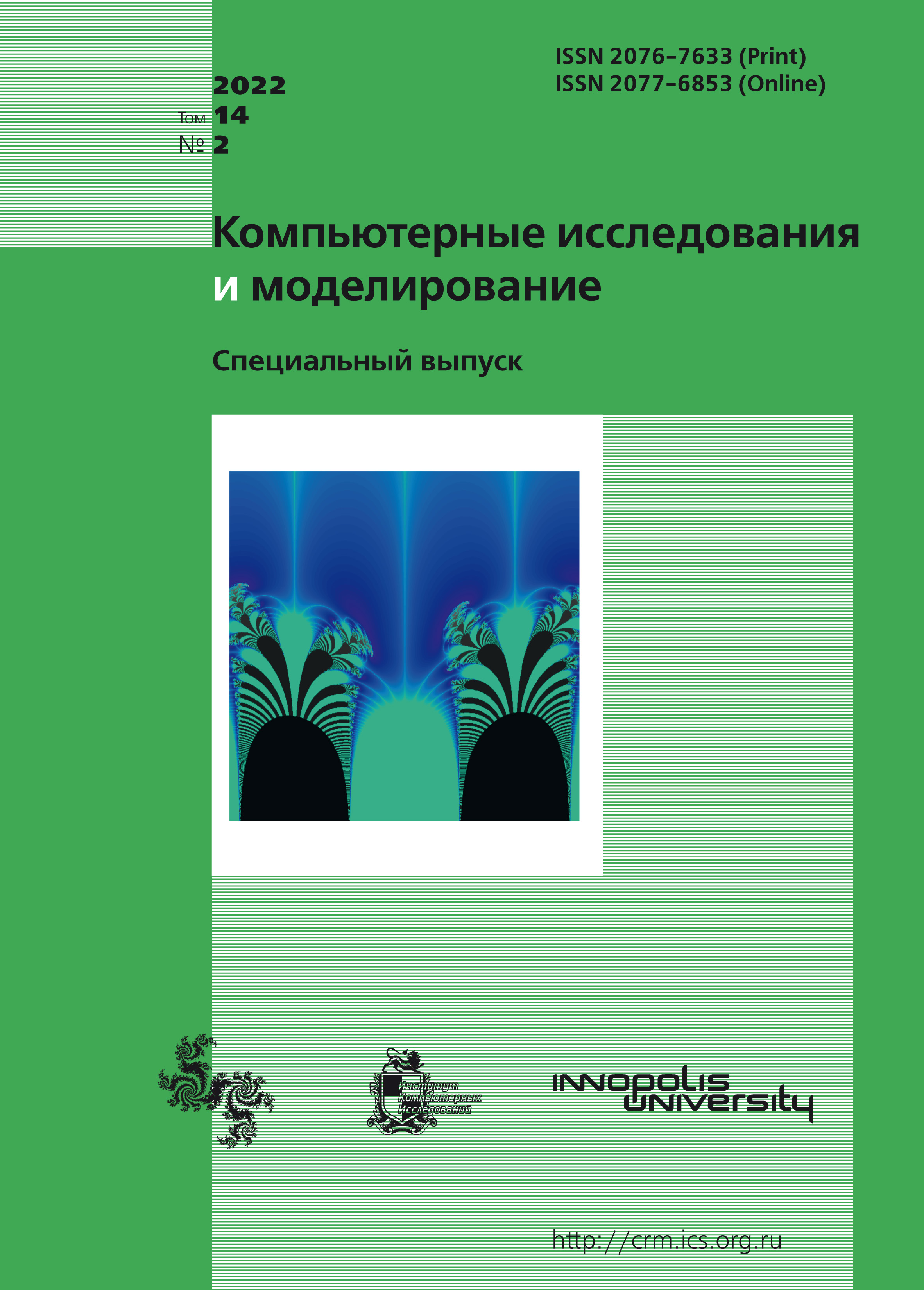All issues
- 2025 Vol. 17
- 2024 Vol. 16
- 2023 Vol. 15
- 2022 Vol. 14
- 2021 Vol. 13
- 2020 Vol. 12
- 2019 Vol. 11
- 2018 Vol. 10
- 2017 Vol. 9
- 2016 Vol. 8
- 2015 Vol. 7
- 2014 Vol. 6
- 2013 Vol. 5
- 2012 Vol. 4
- 2011 Vol. 3
- 2010 Vol. 2
- 2009 Vol. 1
Speeding up the two-stage simultaneous traffic assignment model
 pdf (286K)
pdf (286K)
This article describes possible improvements for the simultaneous multi-stage transport model code for speeding up computations and improving the model detailing. The model consists of two blocks, where the first block is intended to calculate the correspondence matrix, and the second block computes the equilibrium distribution of traffic flows along the routes. The first block uses a matrix of transport costs that calculates a matrix of correspondences. It describes the costs (time in our case) of travel from one area to another. The second block presents how exactly the drivers (agents) are distributed along the possible paths. So, knowing the distribution of the flows along the paths, it is possible to calculate the cost matrix. Equilibrium in a two-stage traffic flow model is a fixed point of a sequence of the two described models. Thus, in this paper we report an attempt to influence the calculation speed of Dijkstra’s algorithm part of the model. It is used to calculate the shortest path from one point to another, which should be re-calculated after each iteration of the flow distribution part. We also study and implement the road pricing in the model code, as well as we replace the Sinkhorn algorithm in the calculation of the correspondence matrix part with its faster implementation. In the beginning of the paper, we provide a short theoretical overview of the transport modelling motivation; we discuss current approaches to the modelling and provide an example for demonstration of how the whole cycle of multi-stage transport modelling works.
Copyright © 2022 Kotliarova E.V., Severilov P.A., Ivchenkov Y.P., Mokrov P.V., Chekanov M.O., Gasnikova E.V., Sharovatova Y.I.
Indexed in Scopus
Full-text version of the journal is also available on the web site of the scientific electronic library eLIBRARY.RU
The journal is included in the Russian Science Citation Index
The journal is included in the RSCI
International Interdisciplinary Conference "Mathematics. Computing. Education"






